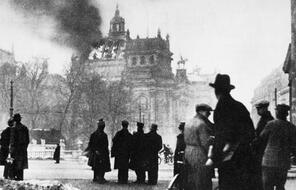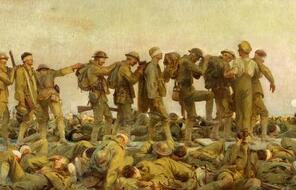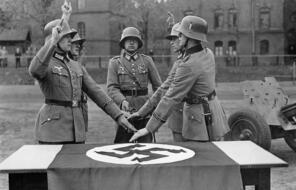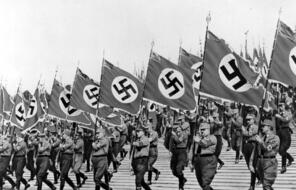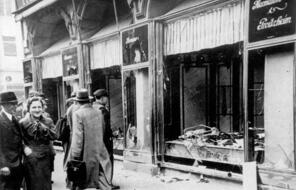The Holocaust in Belarus
Subject
- History
Language
English — USUpdated
In a New York Review of Books article, historian Timothy Snyder writes, “Belarus was both the epicenter of European mass killing and the base of operations of anti-Nazi partisans who actually contributed to the victory of the Allies.” According to Snyder, one in five citizens of Belarus was killed in the war. The percentage of Jews was even higher: the European Jewish Congress estimates that during the Holocaust, 90% of Belarus’s Jewish population was murdered.
In June 1942, Germany began an offensive against the Soviet Red Army known as Operation Barbarossa. Belarus was the frontline between the two powers. When German troops crushed the Soviet defense, many Jews attempted to flee with the retreating Red Army. Only a few succeeded. Once in control of Belarus, the Nazis began to concentrate the Jews in ghettos, killing the elderly, young, and old and putting all able-bodied men and women to work for the Third Reich.
But the German attempts to incite the local population to carry out independent pogroms against the Jews—campaigns that were successful in Ukraine and Lithuania—failed. Timothy Snyder explains that since Belarus had been part of the Soviet Union, the Germans did not find a nationalist agenda that could propel the local population to do the killing for them. The majority of the population were either indifferent toward the fate of the Jews or thought primarily of their own suffering under the occupation. In part, it is for that reason that gassing was introduced to kill Jews in Minsk. At the same time, several individuals and small groups actively helped Jews survive despite the consequences: the punishment for those found hiding Jews was the execution not only of those who were directly involved but also of their entire family.
The Germans murdered 800,000 Jews (roughly 90% of the Jewish population) in hundreds of killing sites just outside towns. After just two years of German occupation, the once-thriving Jewish communities in Belarus were there no longer. The non-Jewish population was subjected to Nazi terror, too. Hundreds of thousands were deported to Germany as slave laborers, thousands of villages and towns were burned or destroyed, and millions were starved to death as the Germans plundered the entire region. Timothy Snyder estimates that “half of the population of Soviet Belarus was either killed or forcibly displaced during World War II: nothing of the kind can be said of any other European country.” All in all, Belarus, at the mercy of both the Red and the German armies, was almost entirely destroyed by the war.
How to Cite This Reading
Facing History & Ourselves, “The Holocaust in Belarus”, last updated May 13, 2016.

